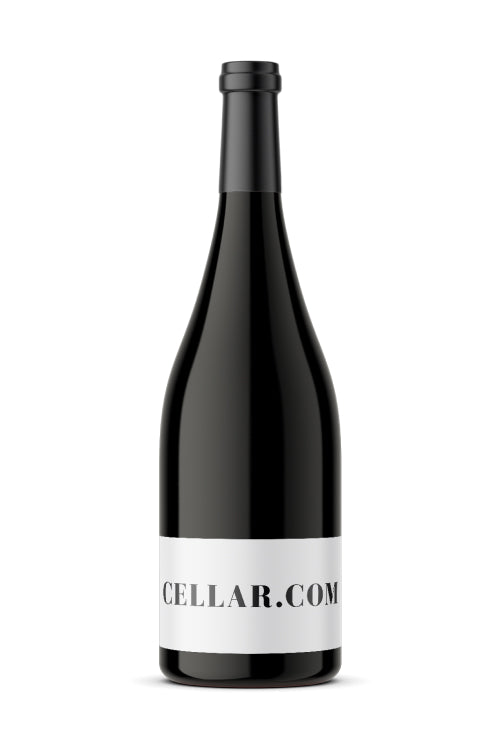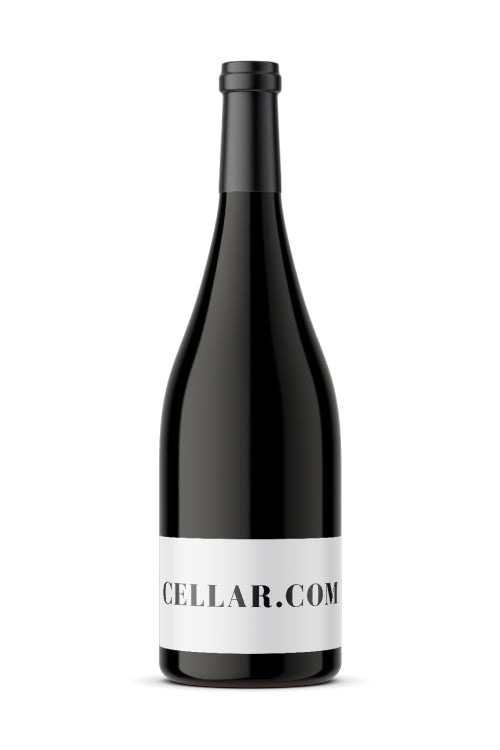1
/
of
1
Alain Coudert Fleurie Clos de la Roilette Cuvee Tardive - 2021 (750ml)
Alain Coudert Fleurie Clos de la Roilette Cuvee Tardive - 2021 (750ml)
Regular price
$34.99
Sale price
$34.99
Regular price
$39.99
Unit price
/
per
Share :

- varietal
- Region
- Reviews
Product Review
Robert Parker's Wine Advocate
Bursting with aromas of blackberries, cherries and sweet soil tones, the 2018 Morgon is medium to full-bodied, fleshy and succulent, with melting tannins and a generous core of lively fruit. Pure and seamless, this is a classically proportioned example of the appellation that's very well made, showing no discernible oak influence.
Product Score
91
Gamay is one the lightest dark skinned varieties synonymous with the French region of Beaujolais in the Rhone department. A typical Beaujolais is light bodied and displays aromas of freshly picked red fruit with a bright acidity on the palate. Although the finest can age gracefully, most of what is produced is for early consumption. Carbonic maceration is a popular technique used which tends to overlay distinctive aromas of banana and gum. Outside of Beaujolais it is grown in the Savoie region and bordering country, Switzerland. Gamay is best enjoyed chilled or slightly below room temperature and makes a great accompaniment to cheese and charcuterie.
Two hundred miles south east of Paris lies the famous and historic wine region, known in French as Bourgogne. The Cote d'Or, the heartland of the region, consists of two distinct sub-regions split on either side of the town of Beaune.The Côte de Nuits to the north, includes the famous villages of Vosne-Romanee, Gevrey-Chambertin, and Nuits-Saint-Georges and are known primarily for making red wine from Pinot Noir.Although The Côte de Beaune to the south still makes some magnificent reds (see Volnay and Pommard), white wine made from Chardonnay is the main focus. The most famous villages are Puligny-Montrachet and Meursault. Burgundy has three other important regions. The village of Chablis (exclusively Chardonnay) encompassing the region's most northerly vineyards. The Côte Chalonnaise and Mâconnais to south are quantitatively speaking more important. Agriculture is more diverse with a significant portion of the land devoted to livestock and arable farming.


